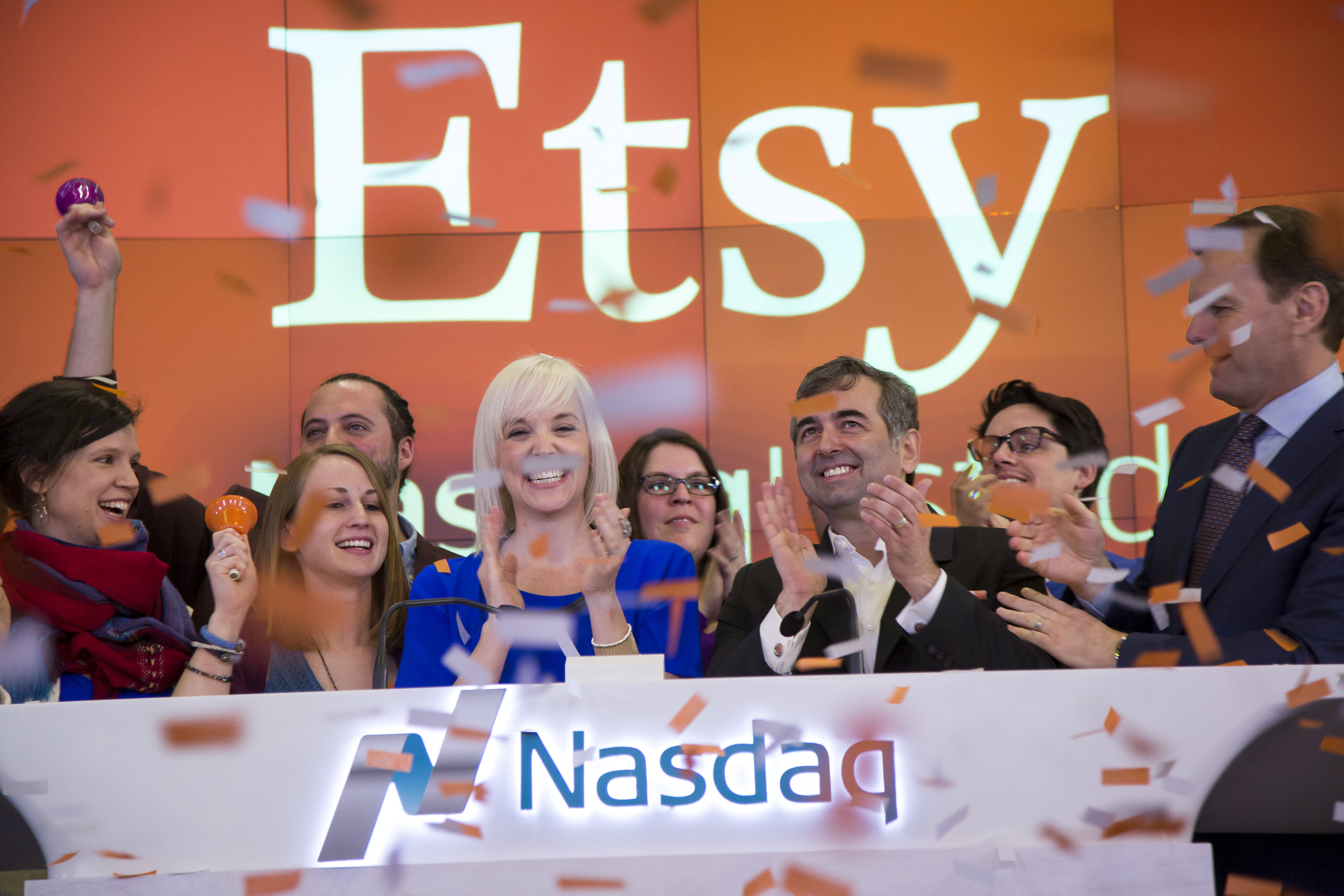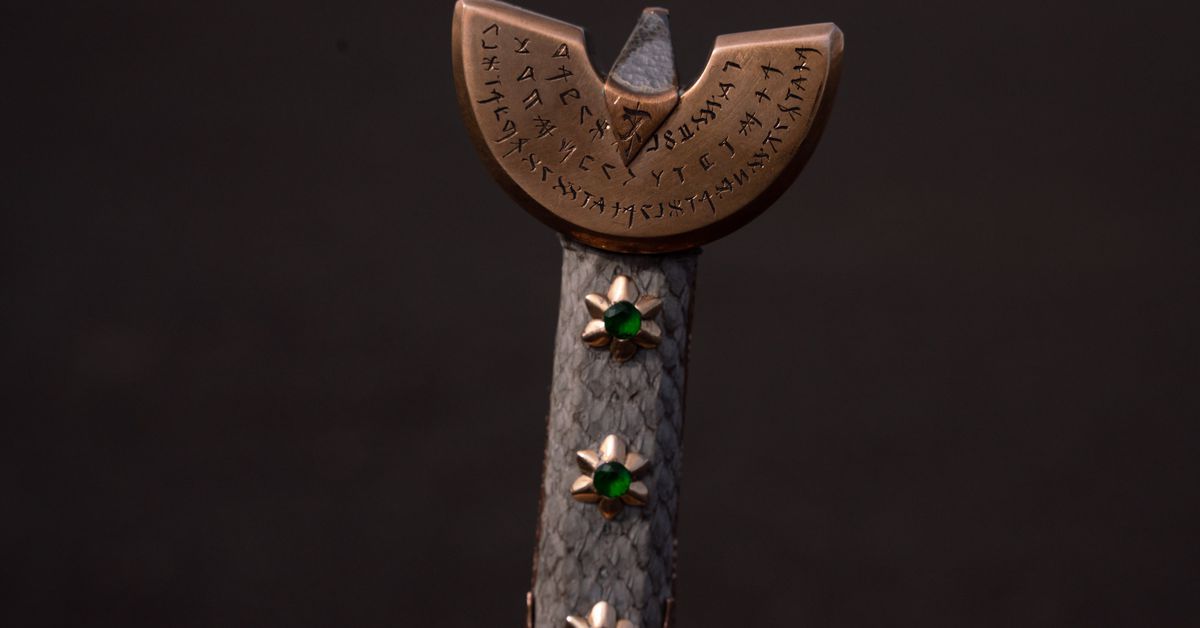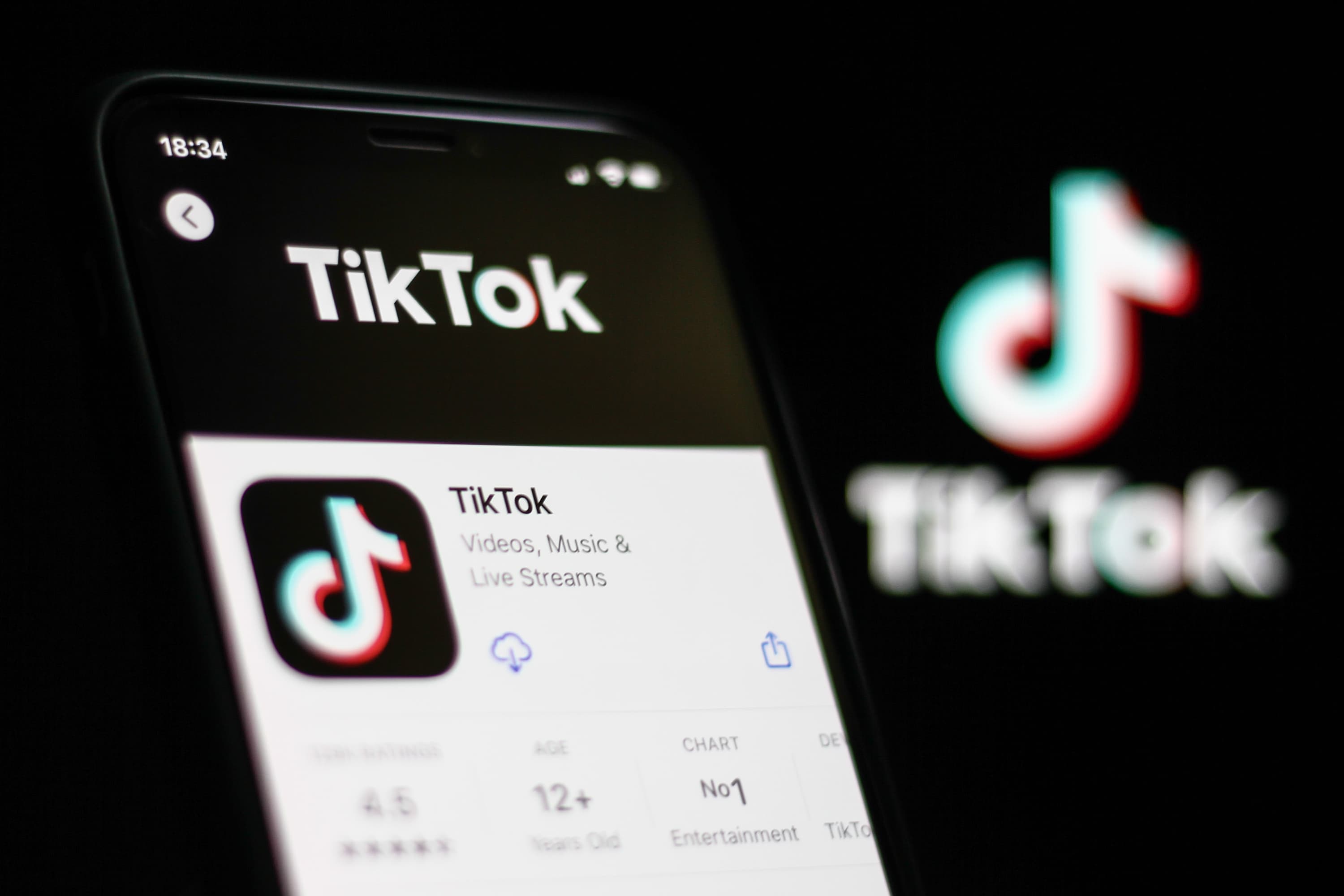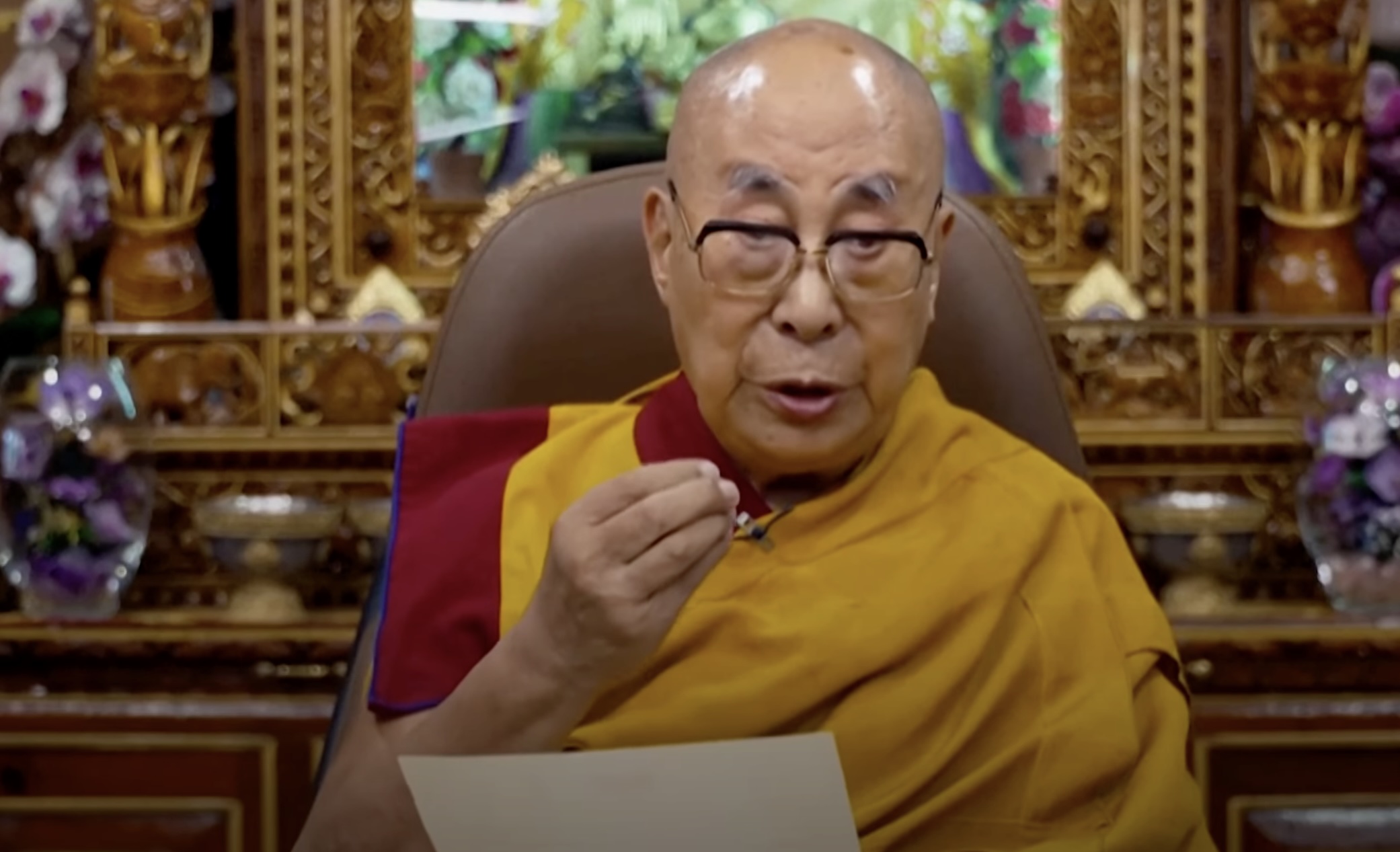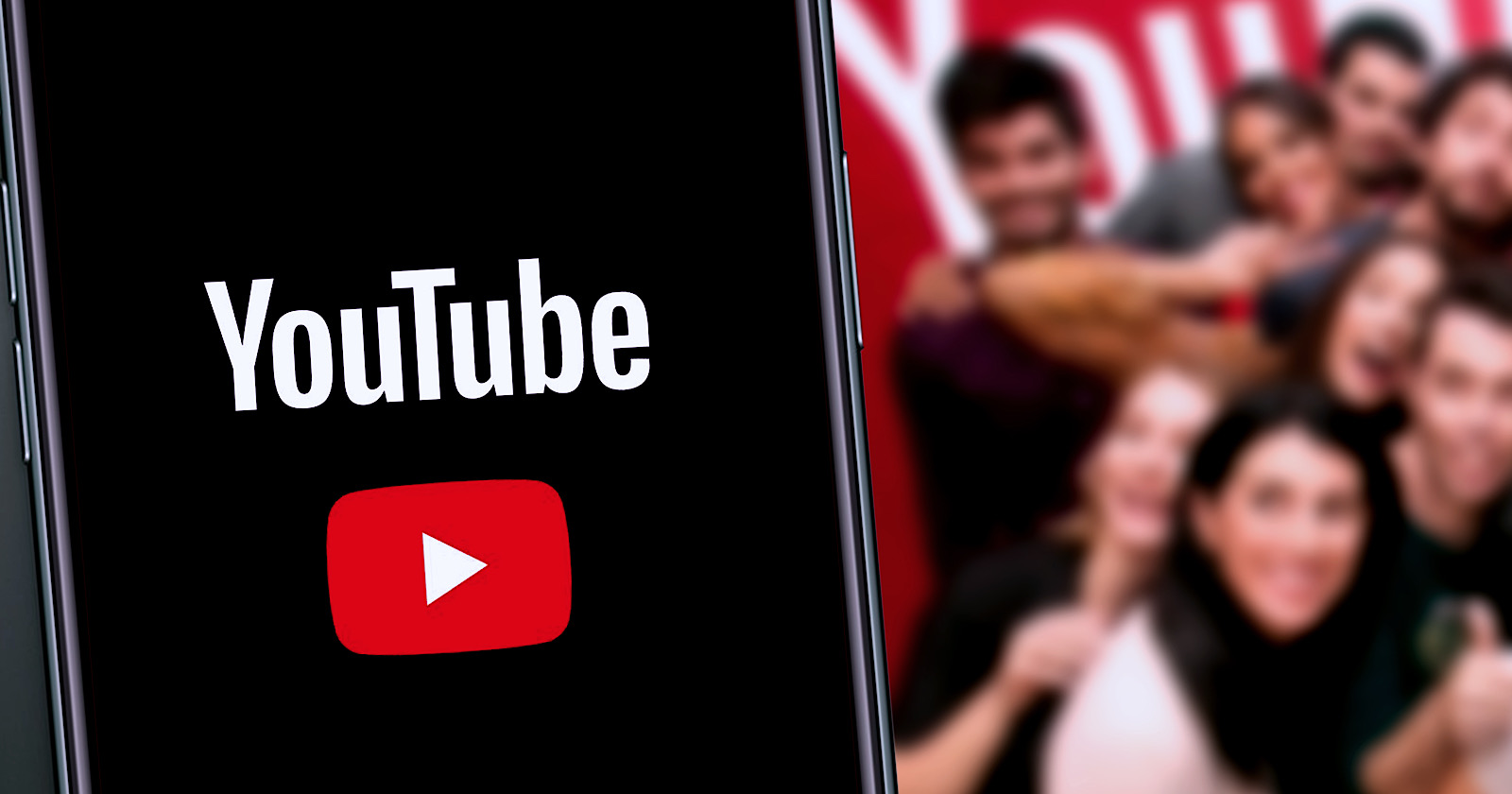4 new Twitter features Elon Musk has hinted at adding
We still don't know what a Twitter run by Musk will look like. But the Tesla CEO has dropped a few hints on what he wants to see. Let's take a closer look.

Twitter accepted Elon Musk’s bid to but the social media giant on Monday, and we’re still waiting to see two things: If the deal will hold and, more importantly, what a Musk-helmed Twitter will look like after the smoke clears. While no concrete plans have materialized yet for what new features await us in the “new Twitter,” Musk has dropped a few hints over the last few weeks about the kinds of changes he’d like to make to everyone’s favorite social media hellhole.
So let’s take a closer look at those hints. Here are four features we might see in a Musk-helmed Twitter.
Less content moderation
While not quite an app feature, reduced content moderation is still a substantial change to the way users will experience Twitter. And it’s a change Musk has tweeted quite a bit about. In fact, some of his tweets indicate an inclination toward relaxing Twitter’s current content moderation policies in favor of his interpretation of free speech.
By “free speech”, I simply mean that which matches the law.
I am against censorship that goes far beyond the law.
If people want less free speech, they will ask government to pass laws to that effect.
Therefore, going beyond the law is contrary to the will of the people.
— Elon Musk (@elonmusk) April 26, 2022
If Musk does decide to pare down Twitter’s current content moderation policies, then that may result in an increase in more of the content those policies sought to reduce such as harassment, misinformation, and what Twitter refers to as “hateful conduct.”
If he establishes that what he considers free speech is beyond Twitter’s existing policies, he may very well create a new Twitter. But it may be one in which users may not feel free at all to voice their opinions lest they be stuck with unchecked harassment from other users.
Another obstacle he faces in implementing this change if he chooses to, and one that was brought up by other Twitter users, was that having a policy that adheres to the laws of the U.S. when it comes to free speech,does not necessarily mean that Twitter will be in compliance with other countries’ laws. And Twitter is a global social networking platform. So how will less content moderation work in countries with laws that seem to require some form of moderation?
The question of how to deal with abuse and harassment on Twitter will always be around. Twitter has at least tried to answer that question with its moderation policies. Musk will need to answer that question if he reduces content moderation.
An edit button
Before getting into this, it’s important to establish that Twitter is already working on an edit button and has been “since last year.” So well before Musk and his bid to buy Twitter. That said, Musk has shown interest in the feature. He even polled his followers about it, earlier this month:
Do you want an edit button?
— Elon Musk (@elonmusk) April 5, 2022
But it’s in the replies of this tweet poll where you can get a sense of the direction this edit button might take under Musk. Twitter user @Erdayastronaut replied to the poll with his conditions for an edit button that includes a time limit and “a small link that shows the edit.” To which Musk simply replied: “That sounds reasonable.”
So a Twitter under Musk may also feature an edit button if he heeds the results of the poll. And it’s also possible that such an edit button will also have limits and features to preserve the context of a tweet, instead of just allowing users to change tweets whenever they want.
Encrypted DMs
Of all of the features on our list, encrypted DMs (Direct Messages) is the only one Musk provides specific details for. And he did so in a tweet:
Twitter DMs should have end to end encryption like Signal, so no one can spy on or hack your messages
— Elon Musk (@elonmusk) April 28, 2022
And according to a reply from Jane Manchun Wong, Twitter had in fact worked on such a feature, “but abandoned it.” Wong’s reply also linked to one of her tweets from 2018 in which she shared screenshots of the then in-progress end-to-end encrypted DMs feature.
Twitter worked on Encrypted DMs but abandoned it https://t.co/pBEQrokH6e
— Jane Manchun Wong (@wongmjane) April 28, 2022
End-to-end encrypted DMs would be a boon for privacy on the bird app. It would offer a secure method of communication between Twitter users in which only the sender and their intended recipient can read the messages sent. This can be especially helpful as it adds another layer of security in situations where you need to share sensitive information with a trusted recipient.
Since Twitter has worked on it before and Musk seems supportive of the feature, it’s possible we might see it again as an actual, fully realized feature.
Broader authentication
If encrypted DMs were Musk’s most bluntly requested feature, authentication is probably his haziest. He’s mentioned it as something he wants, but hasn’t been too clear about how it should happen.
In a press release announcing his acquisition of Twitter, he refers to it as “authenticating all humans.” His desire for authenticating humans on Twitter was also mentioned in a tweet:
And authenticate all real humans
— Elon Musk (@elonmusk) April 21, 2022
But beyond the fact that he clearly wants a way to authenticate accounts that belong to actual humans, we don’t know much else. What we do know is that Musk tends to mention this “authenticate all humans” feature in tandem with another goal he has for Twitter, which is “defeating the spam bots.” So it is likely that he wants an authentication feature that will help reduce the amount of spam bots that plague Twitter.
What would such a feature look like? As CNN notes, Musk’s authentication feature could take a number of different paths: The use of CAPTCHAs, a broader blue-check verification program in which users must use their real names, or it could be done by “linking accounts to credit cards.” But there are considerable drawbacks to all of these methods and legitimate concerns have been raised about Musk’s desire to “authenticate all humans.”
One example of such a concern was raised by Wong in a reply to one of Musk’s tweets:
How can we ensure the people from at-risk regions who have to be under pseudonyms to enjoy the freedom to express the truth while authenticating they’re real humans without blowing their cover?
— Jane Manchun Wong (@wongmjane) April 21, 2022
And Wong is right. There are situations in which users can’t use their real names because doing so would put them in real danger, whether that danger is a repressive government or domestic violence.
And that’s something that Musk would have to account for, namely: How do you ensure everyone can safely access your platform if doing so has a requirement that not everyone is able to meet. There would need to be a solution that includes authentication and the use of pseudonyms.

 Tekef
Tekef 







